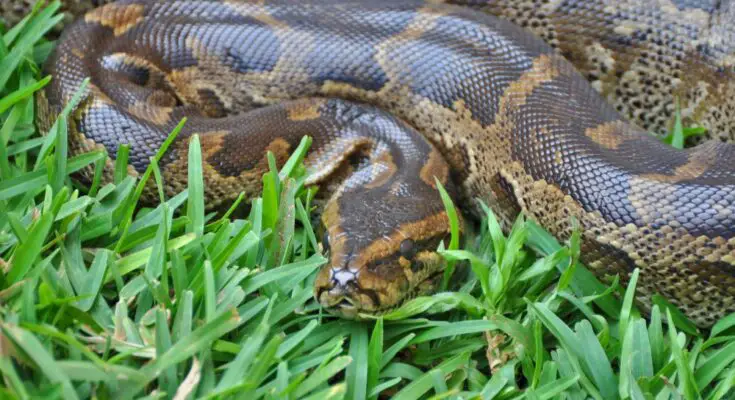What are invasive species? Why are they a problem? Invasive species are non-native plants, animals, or microorganisms whose introduction to a new environment can cause significant harm. They can threaten the health of ecosystems, local economies, and even human health. We’ll discuss the dangers of invasive species and their ecological, environmental, and social implications. We’ll also touch on the legal consequences of their introduction, and offer tips on preventing their spread.
Invasive Species: A Growing Environmental Threat
Invasive species can have serious consequences for ecosystems and the environment. One prime example is the zebra mussel, accidentally introduced into the Great Lakes in the 1980s. These small mollusks spread rapidly and now threaten native species by competing for food and clogging water intake pipes.
Another example is the Burmese python, an invasive species in the Florida Everglades. These large snakes disrupt ecosystems by preying on native endangered and non-endangered animals alike. Their presence has led to a decline in several mammal populations in the Everglades, with ripple effects on the entire food web. These ripples have led to the need for countermeasures to keep them in check. Some people even think about whether they can get a reward for hunting pythons. This thought often comes about because certain organizations, like the Florida Fish and Wildlife Conservation Commission, wish to recruit more people to combat their spread.
The Social and Economic Impact of Invasive Species
The spread of invasive species can also have significant social and economic consequences. For example, the emerald ash borer, a beetle native to Asia, has wreaked havoc on the North American ash tree population since its accidental introduction in the 1990s. This invasive species has killed countless trees, leading to lost revenue in the lumber industry and increased costs for property owners to remove dead trees.
Invasive species can also affect human health. The Asian tiger mosquito, for instance, is an invasive insect known to carry dangerous diseases like dengue fever. Its rapid spread across the globe has placed new populations at risk of these illnesses.
Legal Consequences of Introducing Invasive Species
Introducing invasive species into new environments can have legal repercussions. In some countries, individuals who intentionally or negligently introduce an invasive species may face fines or even imprisonment.
For example, in the United States, the Lacey Act makes it illegal to import, export, or transport invasive species across state or international borders without a permit. Penalties for individuals can include fines of up to $250,000 and prison time.
Preventing the Spread of Invasive Species
Many invasive species arrive accidentally or intentionally in new environments due to human movements. Luckily, we can take several precautions to help prevent their spread:
- Avoid releasing unwanted pets or aquarium plants into the wild.
- Properly clean and dry recreational boats to avoid transferring invasive aquatic species.
- Dispose of garden waste responsibly to prevent the spread of invasive plant species.
- Report sightings of invasive species to local authorities or natural resource management groups.
Now you know what invasive species are and how they pose significant problems for ecosystems, economies, and human health. Preventing their spread requires a collective effort from individuals, businesses, and governments to protect our natural resources and the world we share.



